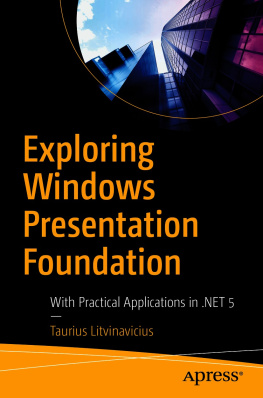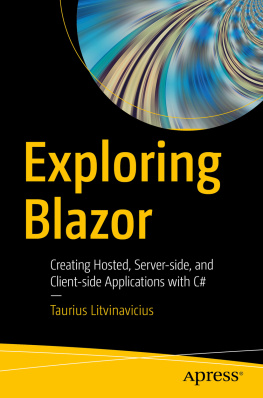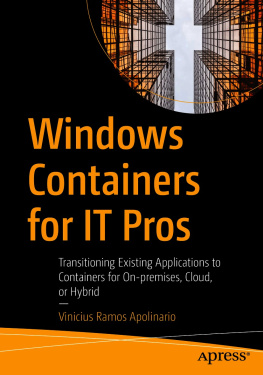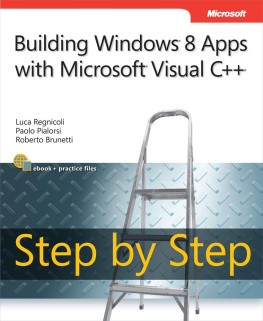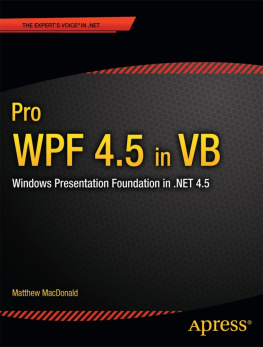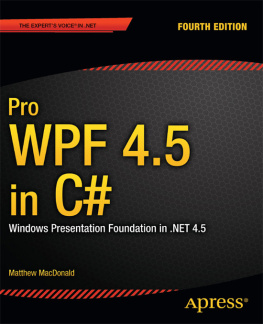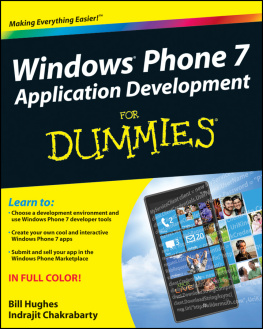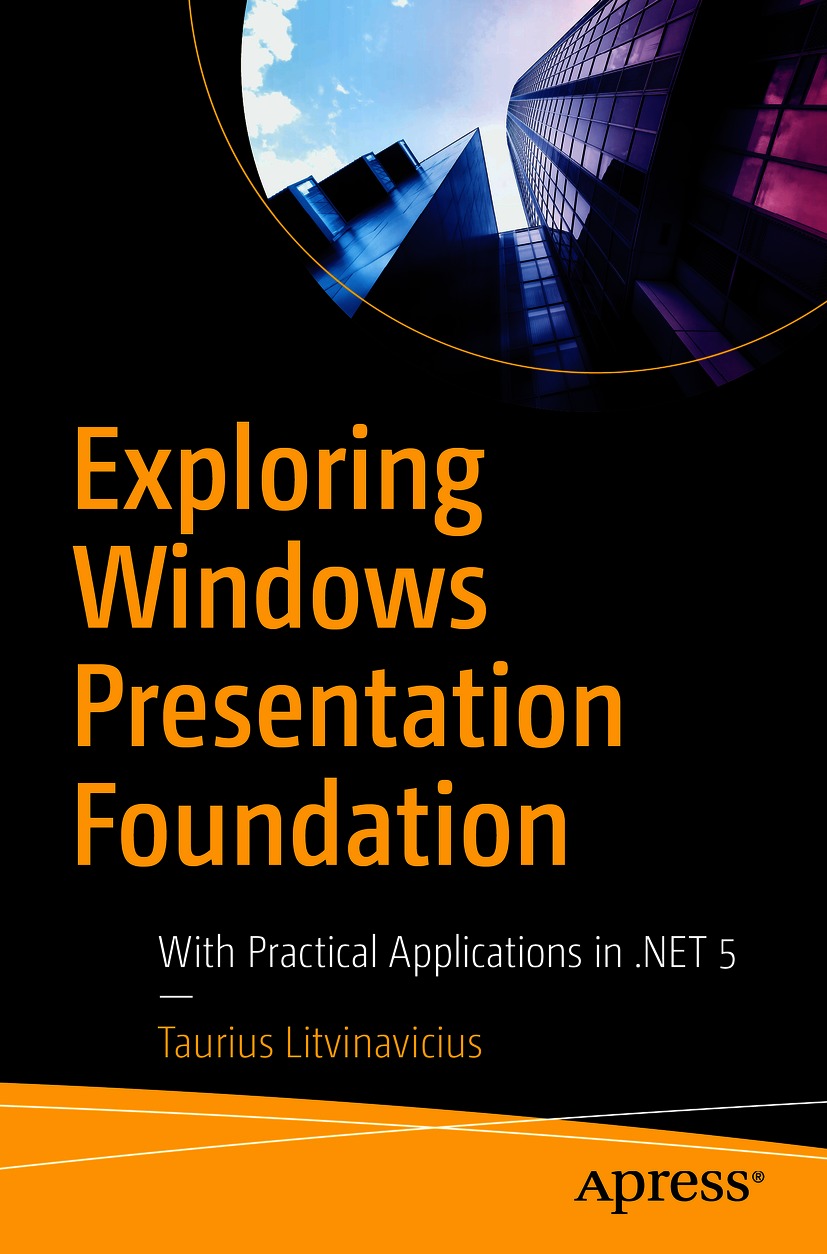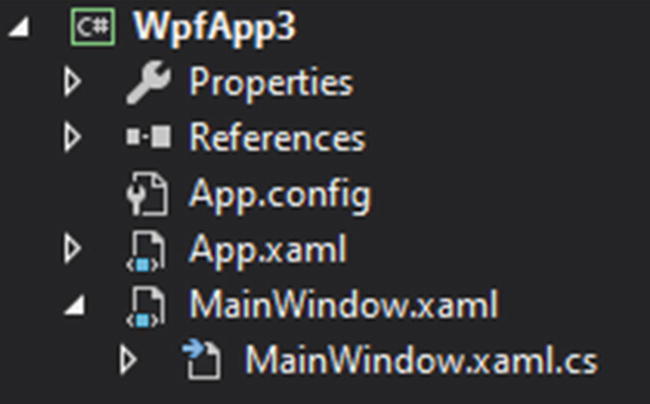Taurius Litvinavicius
Jonava, Lithuania
Any source code or other supplementary material referenced by the author in this book is available to readers on GitHub via the books product page, located at www.apress.com/978-1-4842-6636-6 . For more detailed information, please visit http://www.apress.com/source-code .
ISBN 978-1-4842-6636-6 e-ISBN 978-1-4842-6637-3
https://doi.org/10.1007/978-1-4842-6637-3
Taurius Litvinavicius 2021
This work is subject to copyright. All rights are solely and exclusively licensed by the Publisher, whether the whole or part of the material is concerned, specifically the rights of translation, reprinting, reuse of illustrations, recitation, broadcasting, reproduction on microfilms or in any other physical way, and transmission or information storage and retrieval, electronic adaptation, computer software, or by similar or dissimilar methodology now known or hereafter developed.
The use of general descriptive names, registered names, trademarks, service marks, etc. in this publication does not imply, even in the absence of a specific statement, that such names are exempt from the relevant protective laws and regulations and therefore free for general use.
The publisher, the authors and the editors are safe to assume that the advice and information in this book are believed to be true and accurate at the date of publication. Neither the publisher nor the authors or the editors give a warranty, expressed or implied, with respect to the material contained herein or for any errors or omissions that may have been made. The publisher remains neutral with regard to jurisdictional claims in published maps and institutional affiliations.
Distributed to the book trade worldwide by Springer Science+Business Media LLC, 1 New York Plaza, Suite 4600, New York, NY 10004. Phone 1-800-SPRINGER, fax (201) 348-4505, e-mail orders-ny@springer-sbm.com, or visit www.springeronline.com. Apress Media, LLC is a California LLC and the sole member (owner) is Springer Science + Business Media Finance Inc (SSBM Finance Inc). SSBM Finance Inc is a Delaware corporation.
Introduction
In this book, you will find lots of information about Windows Presentation Foundation (WPF) which will help you get started with it. Alongside the explanations of features, you will find use case examples and exercise assignments for you to practice what you have learned.
The first chapter will provide you with a basic introduction to the WPF. That will include handling button click event, window handling, accessing text box inputs, and a few more things. In the next chapter, you will see some generic events; some of them are related to the window, some to the mouse, and some to other things. The third chapter will cover various UI elements in WPF; it will also be useful to you for future reference. It is important to read and understand the first chapter, but in case you are in a hurry, you may skip the second and third chapters and only use them as reference later.
The fourth chapter will show you how to handle files in the WPF interface, and with that, it will provide some use cases to study. At this point, the examples will incorporate quite a few items from the previous chapters. Then in the fifth, you will see how the MVVM structure can be implemented the explanation will be a practical one; this should help you understand MVVM quicker. The final chapter will cover the styling aspects of WPF, but with that, it will also show examples that incorporate most things that you can find in the previous chapters. Once again, if you are rushing to get started with WPF and do not have too much time, you may skip the MVVM chapter. But it would be a good idea to take a look at it later, as it is useful to understand what MVVM is and how it is implemented.

